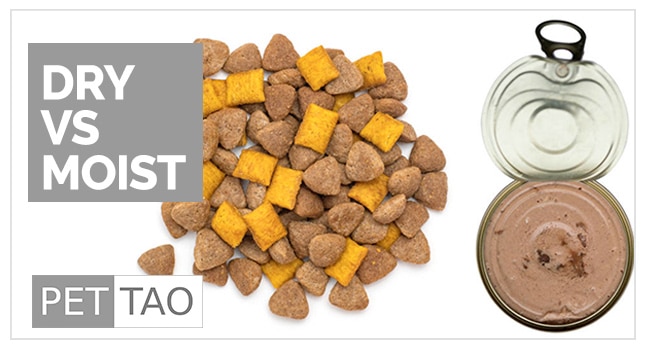The overwhelming majority of us consider our pets family members.
As a “mom” I can tell you that when my four-legged child doesn’t eat, I fix the problem.
Fixing the problem, though, can be difficult.
But, one way to help is by offering canned foods.
So, how does canned pet food cure your pet of the eating blues?
For one thing, it smells better and is more enticing!
For another, it’s so hydrating.
But sometimes, we simply choose food based on convenience.
Let’s turn some tables.
Would you like your pet to choose your food based on convenience?
I sure wouldn’t!
3 Reasons Canned Foods are Better for Your Pet
Reason #1: Higher water content than dry food.
For finicky pets who don’t drink enough water, canned food improves hydration.
Reason #2: Better flavor and scent than dry food.
For a finicky or ill pet, canned food delivers the proteins, vitamins, and minerals needed to maintain or regain their health.
Reason #3: Contains fewer carbohydrates than dry food.
Canned food contains 18% – 57% carbohydrates while dry kibble contains more, 46% – 74%, as reported in the December 2005 issue of Nature.
Excess carbohydrates convert to body fat and weight gain.
For animals that need to lose weight, canned food aids weight loss.
Cats Aren’t as Eager for Canned Food
Cats enjoy dry food. They gobble it up. Yet, they struggle with the carbohydrate-rich diet in dry food. They don’t have the same digestive mechanism as dogs.
Thus, feeding a cat dry kibble promotes weight gain, diabetes, and urinary issues.
Not a good idea.
The problem arises when you first start feeding your kitty. Kitties eat dry food like a pig because of the palatability enhancers. No other reason.
And changing your kitty to canned food may seem impossible.
So, start your kitten on canned food. And if your adult cat eats dry food now, change.
Your cat will appreciate the choice for years to come.
What You Can Do
When you investigate how food influences health, you may find convenient for you is detrimental to your pets’ health.
Educate yourself on how to read pet food labels. Learn how to tell if the ingredients meet your pet’s needs.
Remember, health changes. It’s an active process, not static. It’s either moving in a positive direction or a negative direction.
Let’s stay positive!
Would you like to try a home-cooked recipe your dog will crave?








